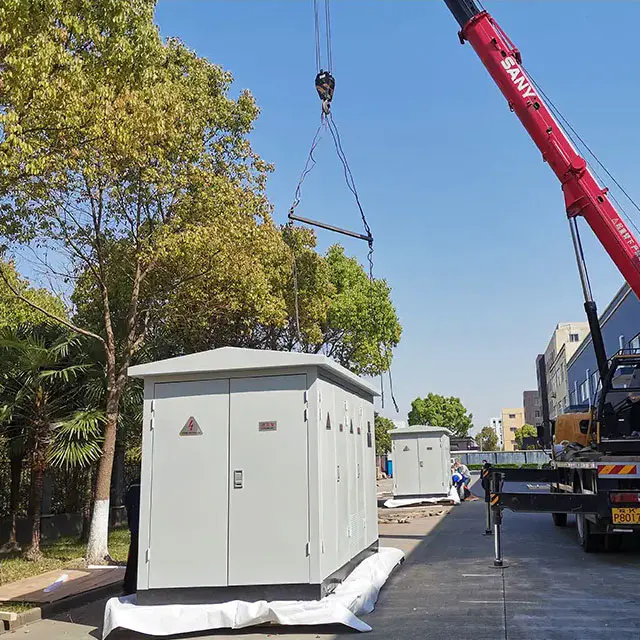
The structural integration of a box type transformer is reflected in the packaging of high and low voltage equipment and heat dissipation systems in a protective box. Its essence is to reduce the impact of environmental factors on electrical components through physical isolation. The core feature is the rapid deployment capability brought by modular design. Compared with the decentralized layout of traditional transformers, the thermal management inside the box relies on the synergy of forced ventilation and insulation materials, while open transformers achieve temperature control through natural convection.

The difference in protection level directly determines the application scenario. The sealing characteristics of the box-type structure of the box type transformer can resist the penetration of dust and water vapor, and is suitable for chemical areas or coastal high-humidity environments. Traditional equipment requires additional protective buildings. The difference in operation and maintenance mode stems from the design of the maintenance channel. The front and rear door layout of the box type transformer allows maintenance to be completed by unequipped equipment, while the traditional transformer core inspection requires the removal of peripheral components.
The contradiction of electromagnetic compatibility is prominently reflected in the shielding effectiveness of the box. Although the metal shell can suppress radiation leakage, it aggravates the internal eddy current loss. The cost dimension of box type transformer shows an opposite trend. The box-type solution reduces on-site construction costs through factory pre-installation, but the increase in material consumption pushes up the initial investment.